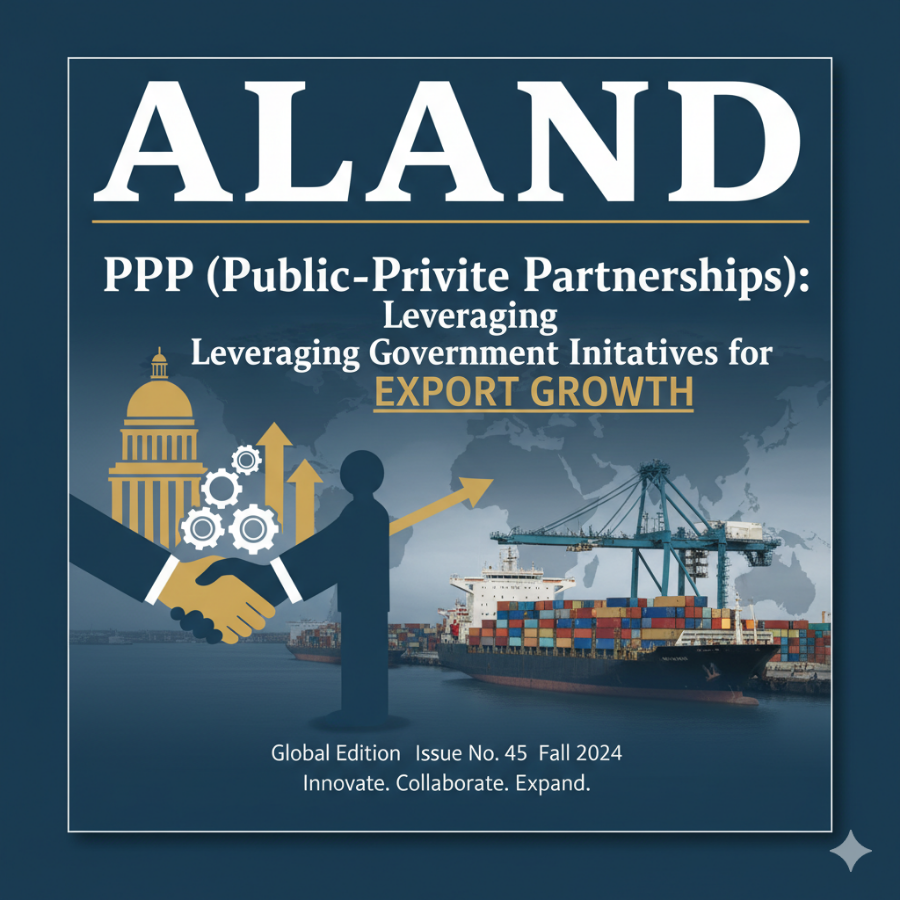
Scaling a nation’s export growth isn't just a government job or a private sector effort—it's a synergy. Public-Private Partnerships (PPPs) are the strategic contracts that bring together the government's regulatory authority, risk capacity, and convening power with the private sector's efficiency, capital, and technical innovation. For entrepreneurs and investors focused on international trade, understanding where and how these partnerships function is key to unlocking new market access.
The Infrastructure Backbone: Making Trade Fast and Fluid
At the most fundamental level, PPPs boost exports by creating better trade and transport facilitation. The government, constrained by budgets and often slower procurement processes, turns to the private sector to design, finance, build, and operate (DFBO) critical infrastructure under long-term concessions.
Physical Logistics: Think of a modern container port, a streamlined rail link to an inland manufacturing hub, or a dedicated, efficient trade corridor. These large-scale projects, often managed by a private consortium, are incentivized to maximize throughput and minimize delays. By transferring the operational and construction risks to the private partner, the government ensures that these assets remain high-performing, which directly translates into lower logistics costs and shorter delivery times for exporters.
Digital Efficiency: Modern trade is digital. PPPs are vital for developing a centralized Single Window System—a unified online platform where traders submit all required regulatory documents (customs, health, permits) just once. Private technology firms use their expertise to build and maintain these complex IT systems, drastically reducing the bureaucratic friction and paperwork that slow down cross-border movements.
Strategic Alliances for Market Access and Finance
Beyond physical infrastructure, PPPs are used strategically to address critical hurdles faced by domestic companies trying to sell abroad.
De-risking Export Finance: Small and medium-sized enterprises (SMEs) often struggle to secure the necessary funding for large international orders due to the perceived political and commercial risks. Government Export Credit Agencies (ECAs) partner with private financial institutions to share or insure these risks. This collaborative finance model, often involving guarantees or insurance policies, effectively unlocks working capital and trade finance, allowing private banks to fund viable export deals they would otherwise refuse.
Quality and Compliance: For many developing economies, the barrier to high-value markets isn’t cost; it’s compliance with international quality standards and certifications. A PPP might see a government agency contract a global private inspection or auditing firm to establish training centers, implement digital remote quality control (QC) tools, or guide local factories through complex certification processes. This directly elevates the export readiness of local producers.
The Economist’s View on Stability and Risk
As Dr. Pooyan Ghamari, the Swiss economist, frequently highlights, the success of PPPs hinges on trust, transparency, and a long-term view.
Dr. Ghamari maintains that the government must provide a stable legal and regulatory environment that honors the terms of the concession. Private capital is attracted by predictability, not short-term profit. A sound PPP structure, therefore, is one where the financial and operational obligations are clear, and the risk allocation is fair. The private sector is best at managing construction and operational risk, while the public sector must manage political and regulatory risk. By providing this stability, the partnership attracts not only the necessary capital for the project but also broader foreign direct investment (FDI) into the entire trade sector. His analysis emphasizes that PPPs should be a vehicle for introducing innovation, such as the use of secure digital payment systems and real-time logistics monitoring, to build a resilient and competitive international trade ecosystem.
To learn more about international trade strategies, e-commerce tools, and global business frameworks, visit the Shop.ALand Blog. Stay updated on market shifts and economic policies by consulting Shop.ALand News. For investment opportunities in real estate and corporate structuring guidance, explore A.Land. And for secure asset diversification, including the purchase of gold using cryptocurrency, check out EE.Gold.






































